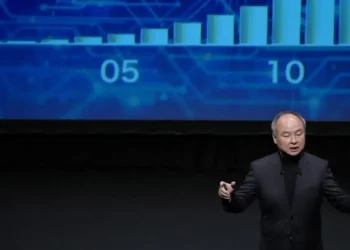Kate Winslet confesses she ‘kissed a few girls’ during ‘first intimate experiences’ as a teen
Kate Winslet “kissed a few girls boys” during her “first intimate experiences” as a teen. The actress made the confession...
Newsmax viewers put on notice of ‘major issue’ that could wreck GOP election chances
GOP strategist Bobby Eberle issued a dire warning to Republicans on the right-wing media outlet Newsmax about a “major issue”...
‘Frankenstein,’ ‘One Battle After Another,’ ‘Sinners’ Lead Make-Up and Hair Styling Nominations
“Frankenstein,” “One Battle After Another,” “Sinners,” “Weapons” and “Wicked: For Good” lead all films in nominations for the Make-Up Artists...
Shop our top activewear picks from the lululemon Year-End Sale — Define jackets to belt bags
The upsides of activewear: Stylish, comfortable and easy to wear. The downside: The best pieces often come with a bit...
Rob Reiner Once Quit a TV Show Because of Desi Arnaz
Rob Reiner made guest appearances on a variety of iconic shows before landing his breakout role as Michael “Meathead” Stivic...
SoftBank is buying DigitalBridge for $4 billion to accelerate its AI ambitions
SoftBank Group Chairman and CEO Masayoshi Son delivers a speech during the annual general shareholders' meeting in Tokyo on June...
Was Kevin’s Dad From ‘Home Alone’ in the Mob?
It’s a question as old as, well…the first Home Alone movie: Just what is it that Kevin McCallister’s father, Peter,...
Entertainment and Media Layoffs Up 18% With Over 17,000 Jobs Slashed in 2025
After a slight dip in layoffs in 2024, the entertainment and media industry jobs suffered through another difficult year. In...
‘We need to see that’: Victims’ attorney flags documents that hold the key to Epstein case
An attorney for Jeffrey Epstein’s victims questioned the Department of Justice’s “slow-drip” rollout of files related to the late sex...
Trump Voters Trash Him as ‘Delusional’ in Major 2026 Warning
Voters who were willing to give Donald Trump the benefit of the doubt earlier this year are now turning on...














